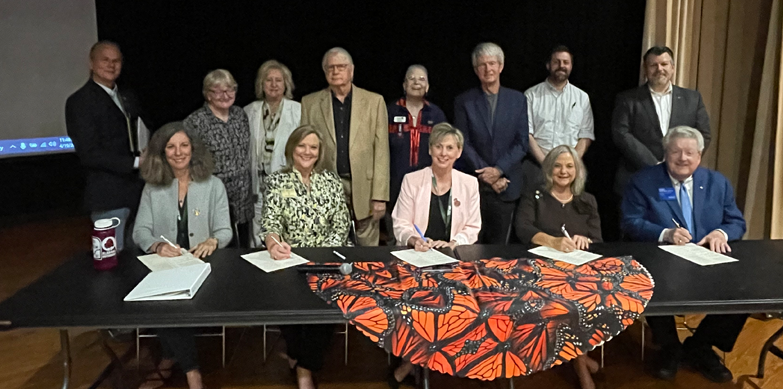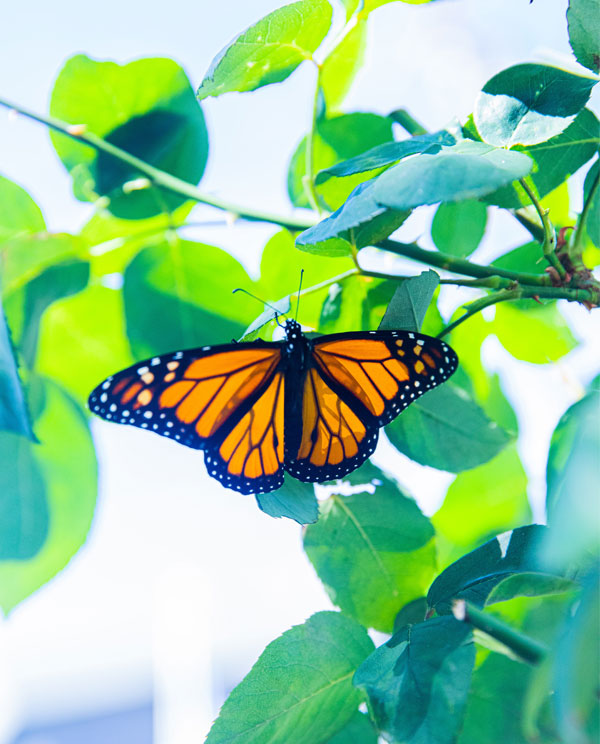ESRAG INITIATIVE
Operation Pollination
Operation Pollination is a simple 7th Area of Focus Environmental Framework
— and growing Rotary “Movement “–
that enables and encourages Rotarians to engage in pollinator protection and education projects.
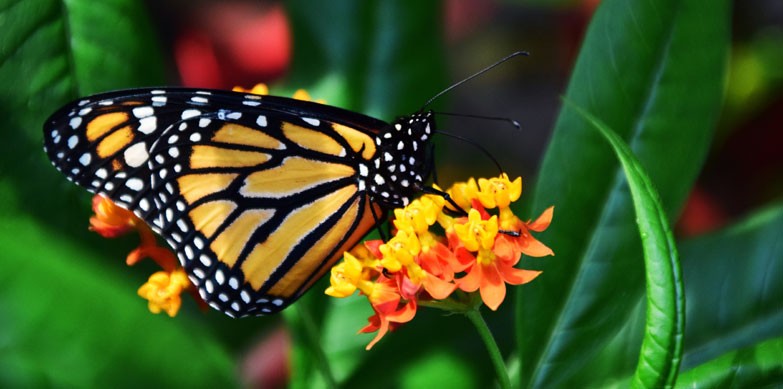
WHAT IS IT?
Operation Pollination
Operation Pollination is an inclusive framework that helps you recruit a diverse array of organizational partners willing to engage in the framework’s two goals: pollinator habitat restoration and education projects. While your Rotary District/Club can be the sole lead on this framework, If you happen to overlap with a National Heritage Area (in the USA), please ask if they have also signed a Pollinator Resolution. If they have, you can resign a joint Pollinator Resolution with your overlapping National Heritage Area.
POLLINATORS
Project Examples
Rotary District 6360 decided to establish a pollinator garden during their District Conference. This video shows how they collaborated with organizations in an urban environment to help get the job done. The collaboration formed during the creation of this Operation Pollination Pollinator Partnership was captured on film by videographer Brian Yopp of MotorCities National Heritage Area.
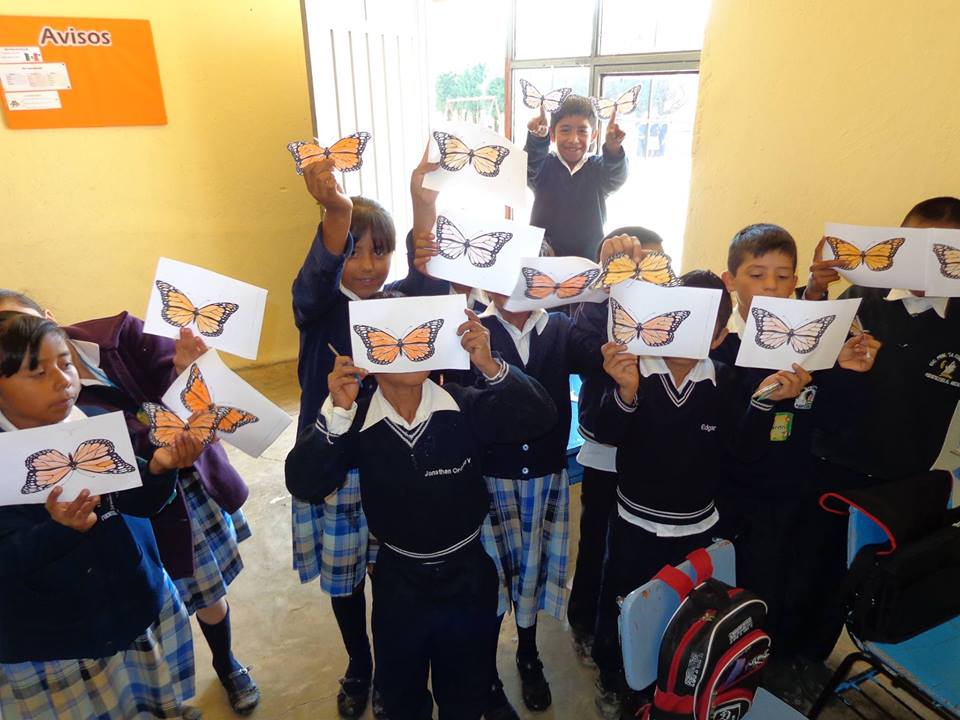
The Monarch Sister Schools Project (MSPP) helps clubs, districts and schools design and implement monarch habitat gardens, creating a continental pathway so these vital pollinators can survive their epic migration from Mexico to Canada.
INITIATIVES
Objectives
Pollinators are essential for human food security, but their populations have fallen catastrophically under the combined assault of habitat loss, pesticides, and disease.
Rotarians worldwide are inspiring and equipping their communities to create pollinator habitats to help save and protect pollinators by signing a simple, non-binding Pollinator Resolution to show their concern for the state of pollinators. After signing a Resolution, these Districts/Clubs sign a simple Pollinator Pledge that is their call for action. Projects you do are based on your capacity and capability. No project is too big or too small. No judgment is ever made. Districts/Clubs have planted pollinator gardens, developed pollinator signs, and distributed seeds to others.
Pollinator projects are a perfect match for Rotary’s strengths: our talent for creating fun, community-wide service projects, our skill in building partnerships across every sector of society, and our District and international networks that make it easy to replicate effective projects. Pollinator gardens literally change the landscape, proving to communities that they have the power to protect the biodiversity we humans need to survive.
Resources
Visit our 3D virtual reality pollinator serenity garden.
What plants are native to your area? Find resources at:
Pollinator Partnership pollinator.org/guides
Xerces Society for Invertebrate Conservation xerces.org/pollinator-resource-center
National Wildlife Federation nwf.org/nativeplantfinder
Monarch Joint Venture monarchjointventure.org/resources
Questions? Contact us.
FAQs
What’s the difference between a Pollinator Resolution and a Pollinator Pledge?
A Pollinator Resolution is a non-binding document that acknowledges the declining state of pollinators and the impact they have on our lives. It is a statement of recognition and support acknowledging the role Rotarians can play to help save them.
Sometimes, depending on partnership circumstances, a Pollinator Resolution might be labeled an Operation Pollination Partnership. Some Districts (Clubs) prefer to sign a “Partnership” document versus a “Resolution.” If this applies to your District/Club, simply call it an Operation Pollination Partnership (or whatever suits you best). This is your document!
A Pollinator Pledge is a document that describes the pollinator project you plan to work on or help support.
Who should sign a Pollinator Resolution?
District Governors are encouraged to sign a Pollinator Resolution as an acknowledgment of the importance of pollinators and, as a show of support to clubs that pollinator projects are endorsed at the District level. Once a District Governor signs a Resolution, individual Clubs need not do so unless they want to!
Who should sign a Pollinator Pledge?
Club Presidents should sign a Pollinator Pledge once a club has identified a project or educational activity. Community Partners – organizations, businesses, schools, and churches, are also encouraged to sign.
Is there a term limit to our District’s Pollinator Resolution?
A Pollinator Resolution does not have a term limit. However, given that Rotary leadership turns over every year, and we want to assure “pollinator conservation” remains in the forefront as a globally important (and easy) environmental project, it’s a good idea to renew your Resolution every couple of years. There’s no limit to the amount of times you can sign a Resolution.
After our Club signs a Pollinator Pledge, how long do we have to complete our project?
Operation Pollination is an environmental framework (umbrella). The Pledge hangs on the framework. The Pledge is dependent solely on Rotary’s “Four Way Test.” Take as long as you need to complete each pollinator project. No one is keeping score except you!
What project should we work on for our Pollinator Pledge?
Hopefully, some of the ideas from this ESRAG pollinator page are helpful to you. You can also search for additional ideas on the web. No project is ever too big, or too small. Every project is welcome and appreciated. Everyone can do something and everyone should do something! (no matter how small).
Will anyone check up on our project?
Operation Pollination is built on trust. Based solely on Rotary’s “Four Way Test”, no one will ever check to see if you followed through on your Pollinator Pledge.
Who should we report our project to?
It is very important for Rotarians to inform ESRAG about your good environmental work. In fact, please tell ALL about your pollinator project. There are two ways to do this:
First, please enter your Operation Pollination project information onto the electronic form produced by the ESRAG Great Britain-Ireland (GBI) Chapter. This will automatically locate your project on a world map. You can find the links for this map below. It only takes a few minutes to place your project on this map (PLEASE identify it as an Operation Pollination project where it asks)..
_________
Enter your POLLINATOR PROJECT here
____________
Second, please consider entering your data into ESRAG’s project database called iRotree.org. This is a scientific database built by the ESRAG South Asia Chapter. Rotaractors are available to help you enter your information. If they contact you, please take the time to tell them about your project.
How can we make sure others know of our good work?
In addition to entering your Operation Pollination project on the ESRAG GBI world map (above) and ESRAG iRotree database, please promote your projects to the local media. With Operation Pollination, you are encouraged to recruit partners to help you with your work. The more partners you have, the more likely “the press” will cover your good pollinator project story.
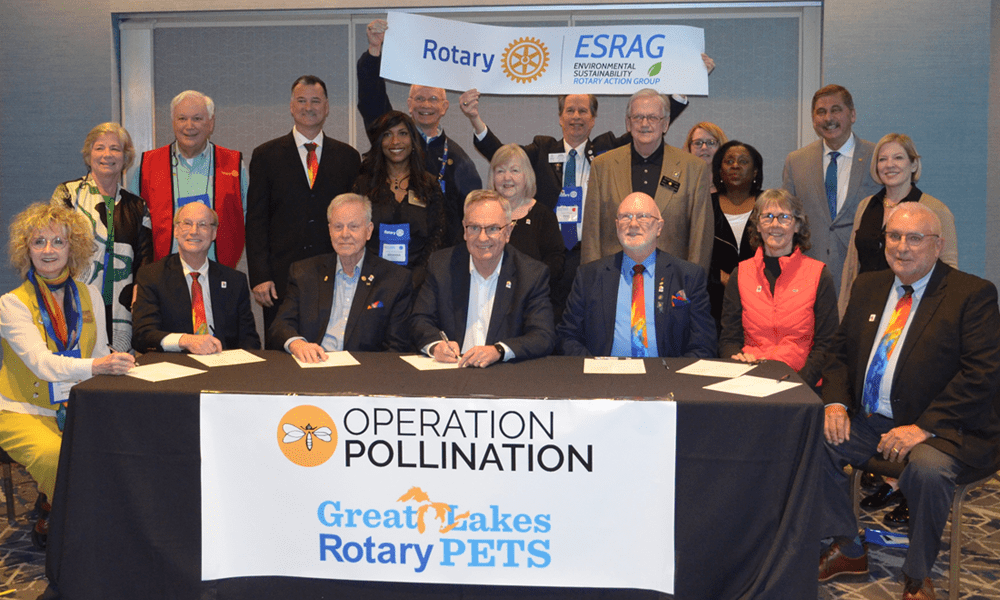
On March 9, 2023, Rotary International President-Elect Gordon McInally signed an Operation Pollination Partnership with the District Governors from Great Lakes PETS (Michigan and northern Indiana). President-Elect McInally signed this simple document to help provide continuity between Rotary leaders. Pollinator protection is an issue that is supported by the highest levels of Rotary International, and your District is encouraged to sign an Operation Pollination Partnership (Resolution) as well.
